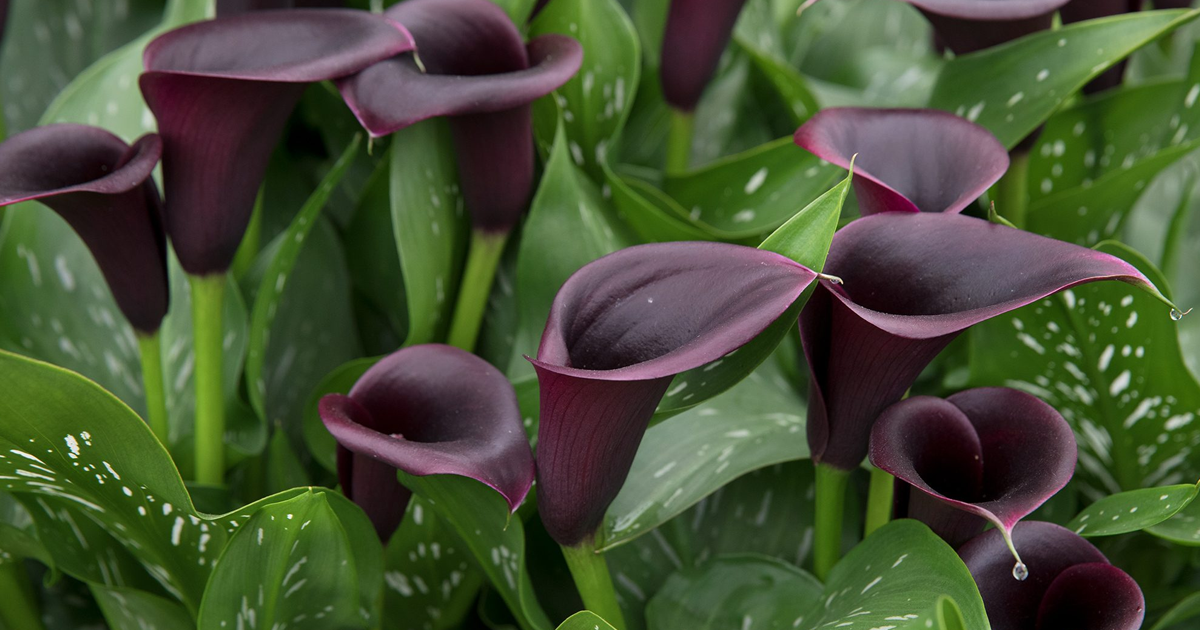
Daylilies (Hemerocallis) are one of the most loved plants in the gardens of the world, due to their beautiful blooms and easy maintenance. However, as with any perennial, daylilies do well with trimming and maintenance for healthy growth and good flowering. The following is a simplified guide on how to cut back daylilies, why, when, and how, to keep your garden looking its best.
Why Should You Cut Back Daylilies?
Trimming daylilies is not simply about aesthetics; rather, it plays a crucial role in their overall care. There are several primary reasons to trim back your daylilies:
Boost New Growth: By removing the old foliage and spent blooms, the energy returns to the roots and new shoots, which grows quite vigorously.
Prevent Disease: Dead or dying foliage can encourage pests and diseases. Trimming them regularly maintains your plants at optimal health levels, reducing any infestation of such pests or diseases.
Improve Appearance: Removing spent blooms and yellow leaves maintains a nice appearance in the garden.
Help Daylilies Prepare for Dormancy: Summer and fall digging and cutting help daylilies save energy on dormancy preparation and make it easier to clean up around them in spring.
When to Cut Back Daylilies
Timing is essential when it comes to cutting back daylilies. Here is a seasonal rundown to guide you on when:
Spring
In early spring, check your daylilies for dead foliage from the winter. Cut these off to make way for new growth. It is also a good time to divide and transplant overcrowded clumps if necessary.
Summer
During the blooming season, deadheading—removing spent flowers—is essential. This encourages the plant to produce more blooms and prevents seed formation, which can drain energy.
Deadhead by pinching or cutting the stalk just above the base after all buds on the stalk have opened and wilted.
Fall
During the late summer season, foliage begins to turn yellow and wither away as the growing season draws to a close. That’s when major pruning takes place. Prune the foliage to 4-6 inches from the soil level. Clean up also deters pests and diseases from wintering in dead leaves.
Winter
If you weren’t able to clean up the fall, you can cut back dead foliage in late winter or early spring before new growth appears. This is best done in the fall, though, to avoid inviting overwintering pests into your garden.
Tools You Will Need
Having the right tools makes trimming daylilies a breeze. Here’s what you’ll need:
- Pruning Shears: Ideal for cutting back thick stems and foliage.
- Gloves: Guards against dirt, irritants.
- Garden Rake: To collect cut clippings of leaves.
- Compost Bin: Healthy clippings are disposed and turned into nutrient-rich compost
How to Prune Daylilies
1. Summer Pruning
- Remove Spent Blooms During Growing Season.
- Monitor your flowers on a daily or weekly basis for blooming that’s finished.
- Nip or clip deadhead at flower stalk base.
If the whole flower stalk has bloomed, cut it back to the ground.
2. Fall Foliage Trimming
- Ait until the foliage turns yellow or brown, indicating the plant is going into dormancy.
- Using sharp pruning shears, cut the leaves back to 4-6 inches above the ground.
- Collect and dispose of the trimmed foliage, especially if it shows signs of pests or disease.
3. Dividing Overcrowded Clumps
- If your daylilies are crowded, fall is the perfect time to divide them:
- Dig up the entire clump using a spade or garden fork.
- Carefully separate the roots into smaller divisions, ensuring that each division has healthy roots and foliage.
- Plant the divisions at the same depth as the parent plant and about 18-24 inches apart.
Common Mistakes to Avoid
Prune too early: Pruning green foliage may strip the plant of energy that would be required to develop the roots.
Don’t leave diseased foliage: Dispose of any diseased or pest-infested leaves to prevent spreading.
Don’t over-trim: Refrain from cutting back foliage entirely during the growing season, as this can cause stress to the plant.
Neglect your tools: Keep your pruning shears clean and sharp to make clean cuts and minimize the chance of disease.
Additional Tips for Daylily Care
Fertilize Slightly: Daylilies are not demanding feeders. Balanced fertilizer early in the spring season can be enough.
Water Wisely: Maintain steady water supply, especially during dry weather, but avoid overwatering.
Mulch: Apply mulch around the plant to conserve moisture and help the plant overcome weeds.
Advantages of Regular Trimming
Regular trimming in your garden will reap several benefits:
- Prolonged Blooming: Trimming encourages flowering throughout the entire season if dead-headed.
- Healthier Plants: Removing dead or diseased foliage reduces the risk of infections and pests.
- Tidy Garden: Your garden will look well-maintained and inviting year-round.
- Easier Spring Cleanup: Cutting back in the fall minimizes the workload when new growth begins.
Conclusion
Cutting back daylilies does not have to be complicated. By understanding the needs of your plants and following these simple steps, you can keep your daylilies healthy, vibrant, and blooming beautifully. Whether you are a seasoned gardener or a beginner, regular trimming is a small effort that yields significant rewards. So grab your pruning shears and give your daylilies the care they deserve!







